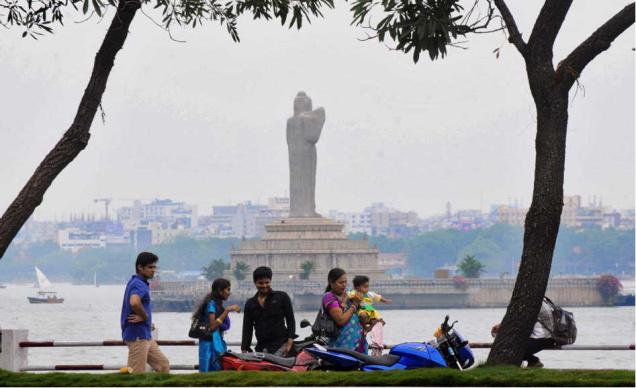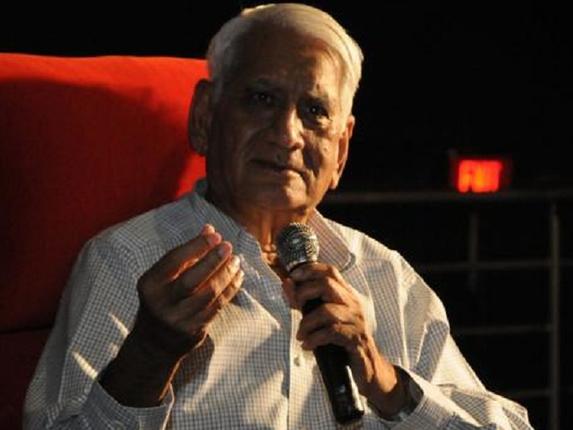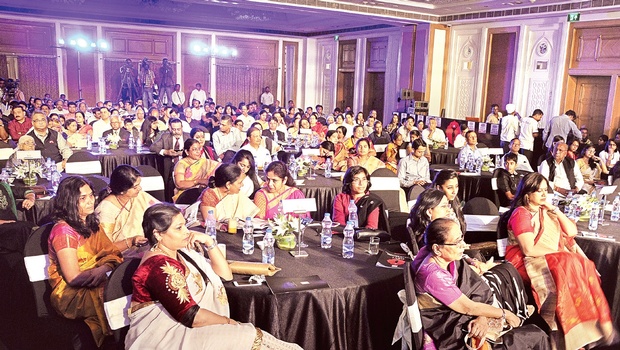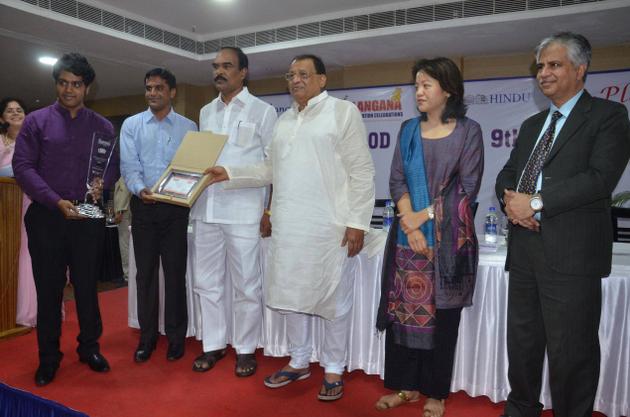Hyderabad :
In the fledgling Telangana State, the aged are being approached to find out from them traditional knowledge pertaining to medical plants and the richness of the bio-diversity in the areas.
The Telangana State Biodiversity Board (TSBB) which was formed after the bifurcation of united AP, has sent well-equipped teams with technical knowledge to fan out into bio-diversity rich areas to gather complete information about forest areas, government land, lakes, and rivers. Specifically, photographs are to be taken of plants and animals.
Dr Shilpi Sharma, a regional biodiversity coordinator said considering the importance Ayurveda has gained, the aged are being specifically approached to find out from them about the medicinal value of plants in the area they live.
Talking to them about traditional knowledge and their experiences, the teams will document everything with photographs and statements.
The idea behind gathering all the information is to record the rich biodiversity in the areas, and check if still exists. The information will also help in taking measures to preserve the bio-diversity in the specific areas.
The TSBB constituted Biodiversity Management Committees (BMCs) to prepare what are called “People’s Biodiversity Registers” (PBRs) in 50 areas at the gram panchayat level in Adilabad, Karimnagar, Khammam, Mahbubnagar, Medak, Nalgonda, Nizamabad, Ranga Reddy and Warangal. Scientific institutions, NGOs and community-based organisations are also involved as Technical Support Groups (TSGs) with the BMCs to gather what will be a mine of information.
According to official sources a lot of information has been gathered at various places, even pertaining not only to the plant life but also insect life and microorganisms in the areas.
Interesting information also is coming out from people who are said to be parting with the traditional knowledge that they have acquired. Drying of fish today is mainly done by customized solar dryers but traditional knowledge provided an insight into how to do it in a better way without the use of solar dryers. The findings and knowledge will be well documented.
The National Biodiversity Board (NBB) has asked the biodiversity boards of all the states in the country and it has been going in for some years. Prior to united AP bifurcation in June last year, work pertaining to preparing “People’s Biodiversity Registers” had been taken up in all the districts.
However, with Telangana becoming a separate state, a fresh programme was begun a couple of months ago. Some preliminary information in the form of the PBRs is expected to be submitted in the next six months or so.
source: http://www.timesofindia.indiatimes.com / The Times of India / Home> City> Hyderabad / by Ch. Sushil Rao, TNN / June 18th, 2015



